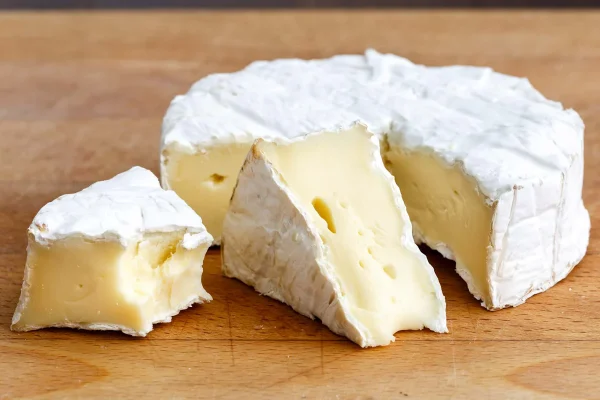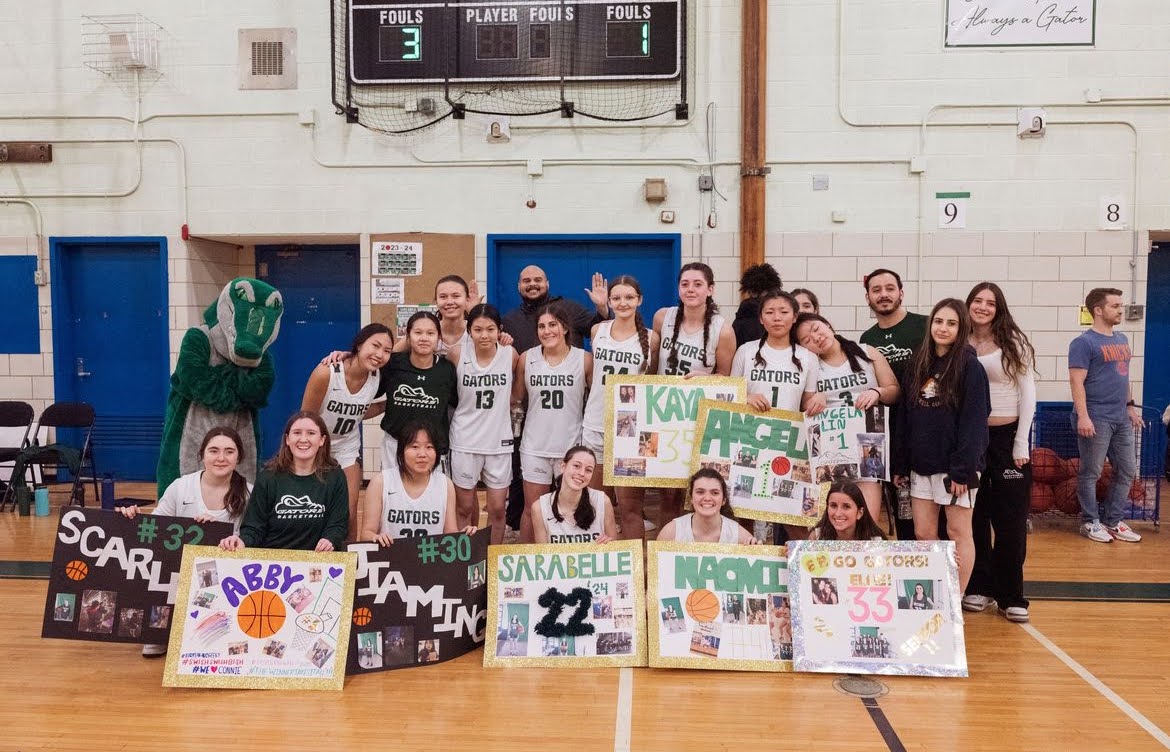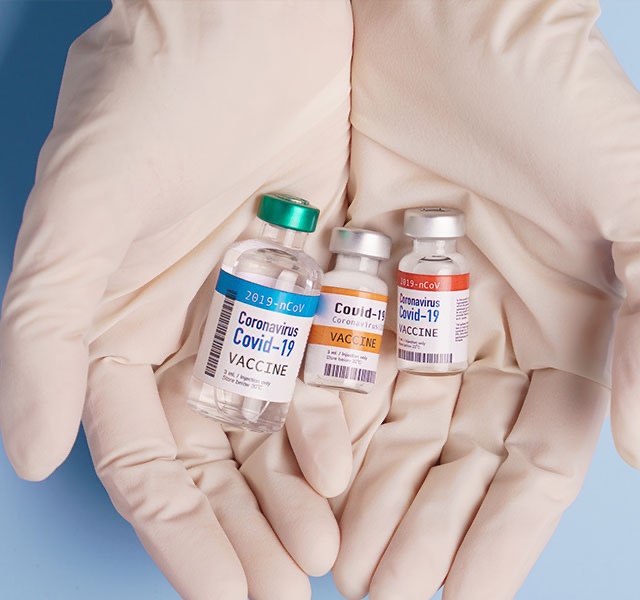
Brie and Camembert are two of the world’s most beloved cheeses, originating in France in the late 18th century and continuing to be a favorite among the French and the rest of the globe alike. While they are some of the most widely produced cheeses globally, both Brie and Camembert are at risk of extinction if the means of production of cheese-makers continue, specifically, the use of Penicillium Camemberti.
When Brie and Camembert were first becoming mass-produced cheeses, a type of fungi known as “Penicillium Biforme” was used, and this strain of mold, while creating the flavors we know and love, wasn’t perfect for consumer standards. “Each strain was slightly different genetically, and so the resulting cheeses had slightly different colors, flavors, and smells.” (Benji Jones, Vox, Feb 110, 2024). This want for a “perfect” and common cheese would lead to the discovery of Penicillium Camemberti, a strain of P.biform that was not only a singular whitish color but a more efficient option as well, making it the perfect candidate to replace the before using Penicillium biform.
The issue with Penicillium Camemberti is that this particular type of mold can’t reproduce sexually like Penicillium biform can, meaning that the original strain used to first create an all-white Brie is the same one being used today, constantly being cloned from a singular strand of mold, meaning that as decades have gone on using this singular strand there has been a decrease in the genetic diversity of the fungi.
A lack of genetic diversity in any species leaves it vulnerable to all kinds of harm and diseases, as well as mutations. A panic about these coveted cheeses has taken scientists and cheese lovers by storm as the issue continues to be covered. As explained by Jones, “In recent decades, the albino fungus picked up mutations that interfere with its ability to produce spores, and that makes it much harder to clone.” As it continues to be even more difficult to produce brie and camembert, as well as having a threat of disease and other potentially dangerous mutations at any lurking conor, the viability of Brie and Camabert as a mass-produced cheese is at stake, unless the production of the cheese is changed altogether.
Cheese isn’t the only food suffering from a lack of genetic diversity. According to the Food and Agriculture Organization of the United Nations “Since the 1900s, some 75 percent of plant genetic diversity has been lost as farmers worldwide have left their multiple local varieties and landraces for genetically uniform, high-yielding varieties” as well as that “30 percent of livestock breeds are at risk of extinction; six breeds are lost each month…Today, 75 percent of the world’s food is generated from only 12 plants and five animal species.” These statistics together show how at risk many of our food sources are to extinction due to a lack of genetic diversity, both from the faults of the consumer and our stubbornness against less-than-perfect looking foods as well as food producers for their lack of environmental awareness about their production practices.
In recent years, starting as early as the mid-2010s, another food-related scare of the same nature came in the shape of bananas., The rise of a virus known as the “Panama Disease” which first wiped out the fruits in the 1950’s, specifically the Gros Michel, which was the widely used species before it fell victim to disease due to a lack of genetic diversity among the globally distributed fruit. This led to the rise of the Cavendish, a similar species to the Gros Michel with preferred qualities; “it could stay green for several weeks after being harvested (ideal for shipments to Europe), it had a high yield rate and it looked good in stores” (Anna Purna Kambhampaty, Nov 18th, 2019). The issue with the Cavendish is that it is grown through monoculture and left vulnerable to diseases like the Panama disease. “It cannot be eradicated, but it can be limited if a wide range of strong preventive and mitigation initiatives are put in place and rigorously implemented. In countries where the disease is endemic, the banana growers have learned to live with it” (Jacopo Pruso, Jan 8th, 2016).
With our knowledge of what strands of mold can produce an extremely similar type of cheese, such as Penicillium biforme, all it will take is the usage of these strains and the customers to adapt to allow Brie and Camembert to continue to be produced to eliminate danger of it going extinct in the future. While the issue is not one that will cause a lack of cheese-at least within the next couple of years-the sooner we can start including genetic diversity within our cheese, the safer and better it will be. Brie and Camembert, even if the changes are noticeable such as color and aroma, will be the same flavorful and satisfying cheeses the world has come to love.

































